What is this fascination with cemeteries? Is it curiosity about what comes next or a desire to understand those who lived before us? If you suffer from this obsession with the great beyond, you are not alone. Our “affliction” even has a name: taphophilia – which means an interest in cemeteries and gravestone art. I like to believe that we are just thinking ahead – maybe we want to get a jump on that future “meet and greet.” As novelist Dean Koontz wrote, “The dead are merely the countrymen of my future.”
1. Merry Cemetery in Sapanta, Romania
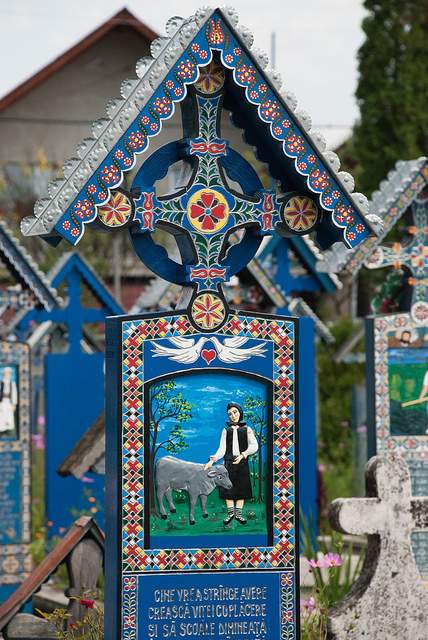
The Merry Cemetery sparkles like a colorful garden with distinctive blue crosses decorated with brightly painted pictures representing the life (or sometimes the death) of the deceased. These descriptive crosses create a “picture book” of peasant life depicting scenes such as a man chopping wood, a farmer riding his tractor, a girl leaning over her loom, and a policeman giving one final salute.
First created by Stan Ion Patras in 1935, the crosses stand about 5-feet tall and are often topped with a triangular roof. The crosses feature a painting in the center and a personal epitaph below. The sweet, simple paintings are surrounded by designs in symbolic colors: yellow for fertility, red for passion, green for life, and black for untimely death. However, the dominate color is always blue — the color of hope and freedom, expressing the belief in a better life in the next world. Patras also wrote most of the first-person epitaphs, and the heartfelt words perfectly complement the childlike paintings. His work is still carried on today by a faithful apprentice.
The witty epitaphs can be funny like this one: “Underneath this heavy cross lies my mother-in-law… Try not to wake her up for if she comes back home, she’ll bite my head off.”
Or poignant like this epitaph for a three-year old girl, displayed beneath a painting of her being hit by a car:
“Burn in hell you bloody taxi
That came from Sibiu town
Of all the places in the world
You had to hurtle down
Right by our house, and hit me so
That I was sent to death below
And left my parents full of woe.”
Find a flight to Romania and read 8 Spectacular Locations in Romania Worth Discovering Up Close
2. Sleepy Hollow Cemetery in Sleepy Hollow, N.Y.
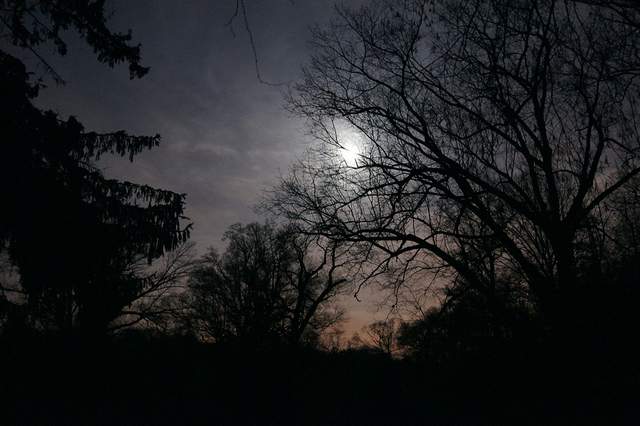
This cemetery that opened in 1849 was made famous in Washington Irving’s “The Legend of Sleepy Hollow,” and the town is filled with references to the “headless one.” Fittingly, Irving is buried in Sleepy Hollow Cemetery near the setting of his most famous creation. Other famous residents include titans of industry like Andrew Carnegie, Walter Chrysler, and William Rockefeller (his supersized monument looks like a bank).
The infamous are here too with Leona Helmsley, the “Queen of Mean,” topping the list. Leona is buried alongside her late husband, Harry, in a $1.4 million mausoleum boasting a stained-glass panorama of the Manhattan skyline. She and Harry built a real estate empire together, and she became known for her arrogance and abrasiveness. According to a former housekeeper, Leona once said, “Only the little people pay taxes.” Leona was proven wrong in 1989 when she was convicted of federal income tax evasion and sentenced to four years in prison. Clearly not much of a people person, Leona left her fortune of $12 million to her dog, an 8-year-old Maltese named Trouble.
Finally for all you Dark Shadows fans, the 1970’s cult classic House of Dark Shadows was filmed here. In fact, Sleepy Hollow Cemetery’s receiving vault (where bodies are stored prior to burial) snagged a starring role as the crypt of Barnabas Collins.
3. National Cemetery in Havana, Cuba
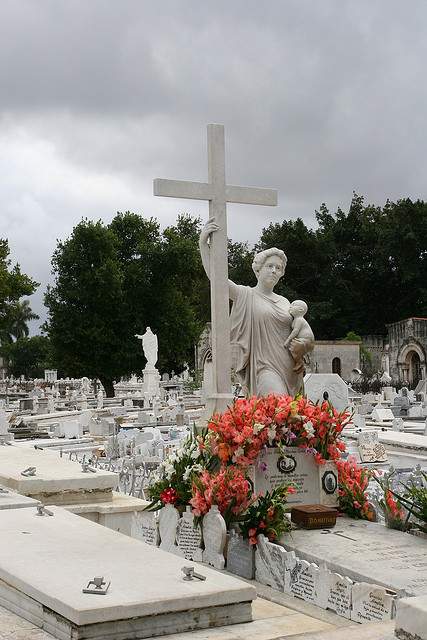
Also known as Cementerio de Cristóbal Colón this elegant cemetery named for Christopher Columbus contains more than 500 major mausoleums, chapels, and family vaults. In the late 1800’s, Havana was one of the richest cities in the Caribbean, and this grandiose cemetery incited a competition among the wealthy to out-do one another in honoring their dead.
A magnificent triple-arched entranceway called the “Gate of Peace” leads to broad boulevards lined with elaborate marble sculptures and displaying every conceivable architectural style from Italian Renaissance to Egyptian Revival. The highest monument (75 ft.) is the poignant Monumento a los Bomberos dedicated to the 27 firemen who lost their lives in the Great Fire on May 17, 1890 when gunpowder exploded in a warehouse fire.
The most famous occupant is Doña Amelia, a 23-year-old woman who died giving birth to a stillborn child. Legend has it that she was buried with the child at her feet, but years later when the casket was reopened, the baby was cradled in her mother’s arms. Today Amelia is referred to as “La Milagrosa” (The Miraculous Lady). She is considered a symbol of motherly love, and her gravesite is always strewn with flowers from mothers imploring “La Milagrosa” for help with their children.
Read about Amazing Indie Travel Experiences for 2012
4. Gallipoli Canakkale War Cemeteries on the Gallipoli Peninsula in Turkey
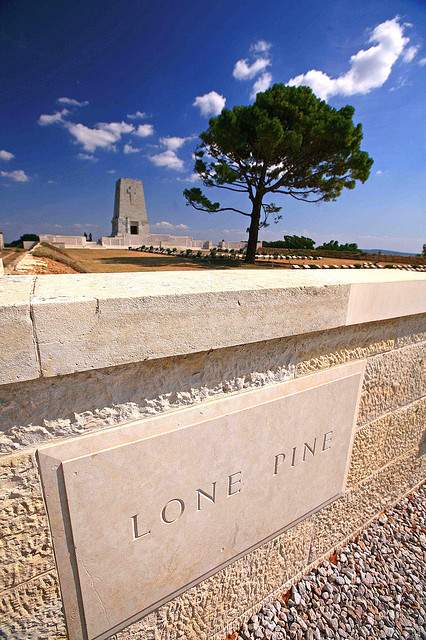
The Battle of Gallipoli, one of the most tragic episodes of WWI, took place between April and December of 1915. The joint British and French campaign was a failed attempt to take the peninsula and open up a supply route to Russia. The fighting resulted in horrific losses: 250,000 Turkish soldiers and another 250,000 from Australia, New Zealand, England, and France.
The battle was a defining moment in Turkish history that led the way for Turkish independence. It was also the first major engagement for the Australian and New Zealand Army Corps (ANZAC), and April 25th, ANZAC Day, is venerated as a national holiday in both countries.
A striking three-tiered tower marks the Turkish 57th Infantry Regiment Memorial. The Turkish troops were out of ammunition and reduced to fighting with only their bayonets when Staff Lieutenant-Colonel Mustafa Kemal (later known as Ataturk) gave this famous command, “I do not order you to attack, I order you to die.” Every soldier in the regiment was either killed or wounded, and none of them survived the war. However, the 57th did halt the ANZAC advance, and to honor them, no 57th Regiment has existed in the Turkish army since.
Find a flight to Turkey and check out our Istanbul Indie Travel Guide
5. Bonaventure Cemetery in Savannah, Georgia
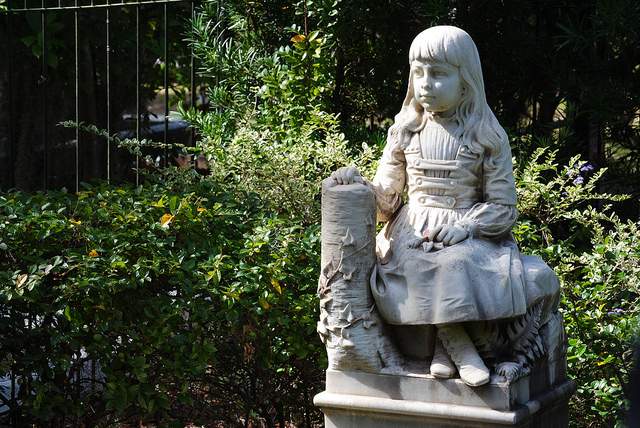
A burial ground since 1794, Bonaventure Cemetery is a Southern Gothic fantasy come true with sad angels and odd tombstones surrounded by 250-year-old oak trees draped in Spanish moss. Oscar Wilde called the cemetery “incomparable,” and author John Berendt immortalized it in his book Midnight in the Garden of Good and Evil (also made into a movie by Clint Eastwood). Residents include the famous songwriter Johnny Mercer, who wrote the lyrics for “Moon River,” and 343 Holocaust victims, whose ashes were recovered from a Nazi labor camp in Germany.
One of the loveliest statues is also the saddest. Poor Corinne Elliott Lawton fell in love with the wrong man, someone her father thought was beneath her. She committed suicide the night before her marriage to a more suitable guy (Daddy’s choice) by jumping off a cliff near the cemetery and drowning in the creek below.
This cemetery also has a reputation as one of the most haunted places in America, and the eeriest gravesites belongs to Little Gracie Watson, a 6-year-old girl who died of pneumonia. The life-size image on her grave will break your heart, and it is said that sometimes you can hear Gracie softly sobbing and calling out for her parents. Visitors have been known to leave toys for Gracie, and some say she cries tears of blood if anyone tries to take her presents. Don’t forget to watch out for the pack of ghost dogs that supposedly chase unwanted visitors out of the cemetery – keep an ear out for vicious barking and the sounds of running paws!
6. Mt. Hope Cemetery in Rochester, N.Y.
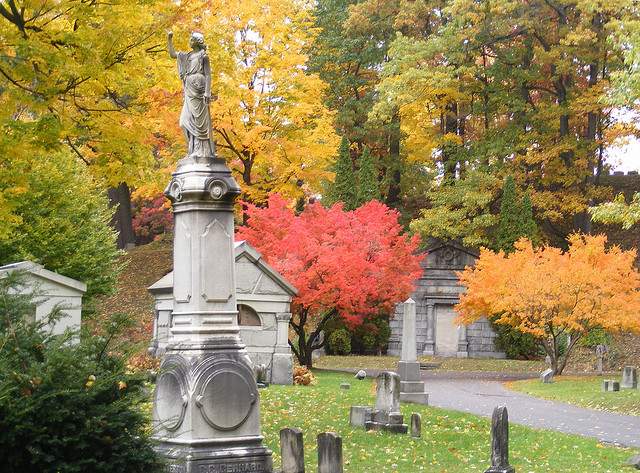
Mt. Hope Cemetery is known as one of the most remarkable Victorian cemeteries in America. This peaceful resting place, that blazes with color during autumn, contains 82 mausoleums and 350,000 graves. Trailblazers dominate the list of inhabitants including Susan B. Anthony, Frederick Douglass, Hartwell Carver M.D. (father of the transcontinental railroad), and little known George Seldon, who claims he invented the automobile.
George Seldon designed an internal combustion engine and was granted a U.S. patent for an automobile in 1895, which allowed him to collect royalties from all American automobile companies (even though George had never gone into production). All went well until Henry Ford arrived on the scene, and Henry refused to pay. The result was a 9-year court battle that dominated headlines all across the country – and provided Henry with lots of free publicity for his Model T. George’s patent was eventually overturned on appeal; however, many believe that his remarkable vision prompted the horseless revolution.
7. Hanging coffins of Sagada, Philippines

Sagada is located in a remote area roughly six hours north of Manila. For 2,000 years, the people in this area have been placing their dead in coffins that hang from the sheer limestone cliffs. Supported by steel bars, the coffins dot the cliffs like barnacles perched at remarkable heights and often in precarious positions.
The unusual Sagada funerary tradition begins when the coffins are carved from hollowed out logs by either the elderly (in anticipation of their deaths) or by family members. After death, the corpse is smoked for five days (to preserve it), and then it is stuffed into the log coffin, often cracking or even breaking bones in the process. The whole works is then hoisted into position on the cliff face.
The odd hanging position may have been intended to elevate the body as close to heaven as possible. Of course eventually the coffins deteriorate and come crashing down to earth.
Find a hostel in the Philippines
8. Mirogoj Cemetery in Zagreb, Croatia
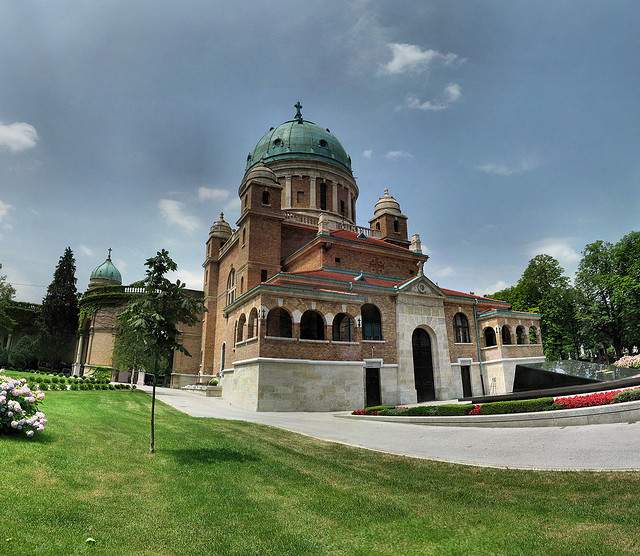
Mirogoj is considered one of Europe’s most beautiful cemeteries, with graceful arcades, stunning green cupolas, and masterpieces of funereal art. The cemetery is known as the Croatian Pantheon because so many famous Croats are buried here. A distinctive feature of Mirogoj is the total lack of segregation – atheists, Jews, Arabs, and Catholics are all buried side-by-side in a remarkable display of diversity that the living might want to emulate.
One of the most famous inhabitants is Dražen Petrovic, Croatia’s greatest basketball player. He was killed when a truck driver in an oncoming lane fell asleep and rammed into his car. Dražen was only 29-years-old when he died, but he is remembered as the “Croatian Mozart” because he turned basketball into an art form.
The best time to visit this cemetery is on All Saints Day, when the people of Zagreb honor those who have passed away by visiting their final home. At twilight, Mirogoj glows in the light of thousands of candles placed on the graves of loved ones.
Find a flight to Croatia and read The Amazing Coastal Towns of Croatia
9. Cemetery of San Michele in Venice, Italy
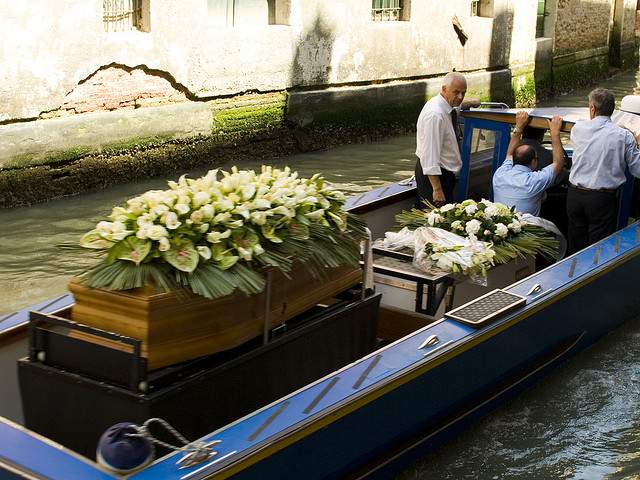
Venetians win top honors for the most unusual funeral processions, with flower-covered caskets traveling by boat to the tiny cemetery island of San Michele. With limited space, bodies only stay a few years before the remains are exhumed and stored in an ossuary – unless of course, you are a famous inhabitant like Igor Stravinsky or Ezra Pound, who have both been honored with permanent residency.
A funeral in Venice usually begins with a mass followed by a somber walk to the waiting barge, where the casket and all the flowers are loaded for one final voyage. Mourners, dressed in black, trail the funeral barge in water taxis as the body makes its way over the waves to the cemetery island.If you come here, be aware that the Cemetery of San Michele is a functioning cemetery, where most of the burials are recent and grieving families far outnumber tourists.
Read our Venice Indie Travel Guide and 10 Ideas for Amazing Boat Rides Around the World
10. Abney Park Cemetery in Stoke Newington near London
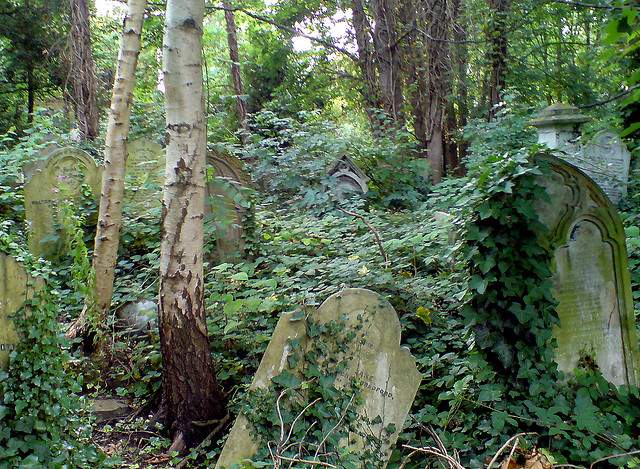
Abney Park is one of the so called “Magnificent Seven” London cemeteries built in the 19th century to alleviate overcrowded burial grounds within the city limits. The park was designed as a unique combination of cemetery and arboretum, with 2,500 varieties of trees and shrubs – all properly labeled and arranged in alphabetical order.
Today, the park is unkempt and overgrown, creating a riotously romantic atmosphere – a real taphophile delight. An 1840 Gothic chapel, the first nondenominational chapel in Europe, lies abandoned after a fire destroyed the interior. The hauntingly beautiful outer shell is surrounded by dilapidated headstones and vine-covered tombs, epitomizing the phrase “dust to dust.”
One of the most moving monuments is the Blitz Memorial, listing the names of the Stoke Newington residents who were killed on October 13, 1940 when a German bomb hit a crowded air raid shelter. Most of the people who had sought safety here were killed, including many Jews, some of whom had escaped from the Nazis.
Check out the London Indie Travel Guide and read Around the World in 80 Days
Photos by: premus, Simply Abbey, zoonabar, laszlo-photo, Redden-McAllister, Gruenemann, The Dilly Lama, Panoramas, Rui Ornelas, Oliver N5
